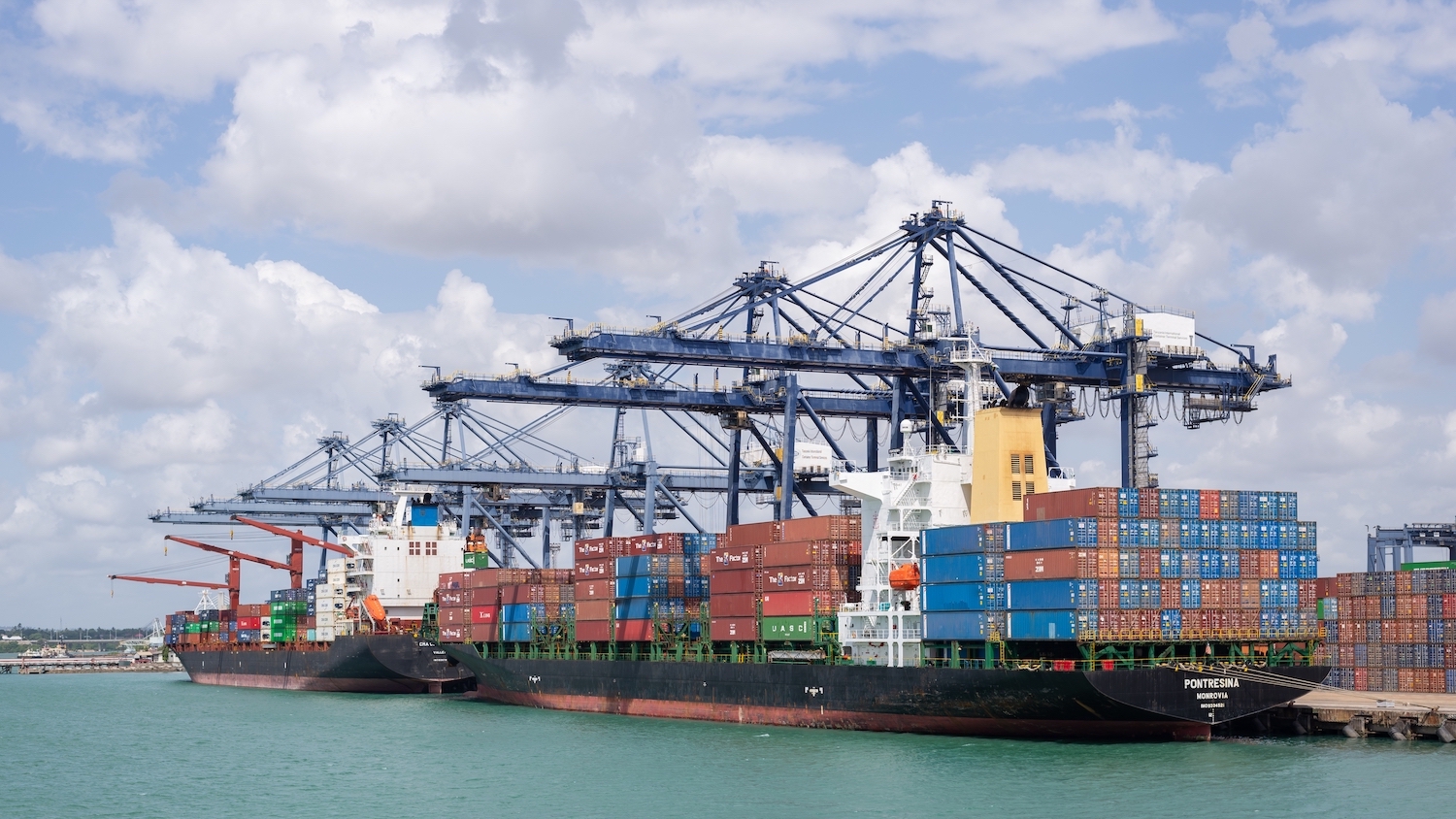How Exports and Imports Define Business Models
To know how a firm works, look at its approach to international trade. A recent Poole College seminar explored why.

The Devils and Wolves seminar series brings high-quality research in international economics to the Triangle.
In this column, Poole College’s Andrew Greenland, assistant professor of economics, and Luca David Opromolla, Owens Distinguished Professor of International Economics, share research presented at the March 29th seminar.
In our globalized economy, international trade is essential to any country’s economic health. New research shows that it’s also an important indicator for individual firms.
A recent study by Giordano Mion, professor of economics at ESSEC Business School, and Joana Silva, associate professor of economics at Católica Lisbon School of Business & Economics, explains how exporting and importing can fundamentally alter a firm’s business model and its competitiveness.
Competing in the international market is challenging. Successfully entering a foreign market demands quality products, technological efficiency, and a skilled, well-prepared workforce. The ability to import intermediate inputs that win the confidence of consumers overseas is another crucial factor for firms that explore new export venues.
Mion and Silva, relying on an extensive dataset covering the production, pricing and international trade activities of Brazilian manufacturing firms between 2005 and 2014, show that exporting and importing deeply impact the way firms function.
The nature of that impact varies. Firms that increase exports, the study finds, tend to rely on a more skilled workforce and charge higher prices, but they use less efficient technologies. A positive imports shock, on the other hand, pushes firms toward lower prices and higher technological efficiency.
Here’s one way to interpret Mion and Silva’s results: Think of Toyota and Ferrari. Both produce cars, but they compete in very different market segments. Toyota is presumably more efficient, producing more cars per input used. But Ferrari’s cars are in a superior quality segment.
Mion and Silva suggest that exporting leads firms to look more like Ferrari, investing in product quality. Importing leads them down Toyota’s path of higher efficiency.
That’s in the aggregate. Any single firm’s decision on how to tilt the trade-off between quality and technology, of course, is based on its own evaluation of what’s best for business–and on the presence or absence of any policy-driven obstacles to trade.
- Categories:


